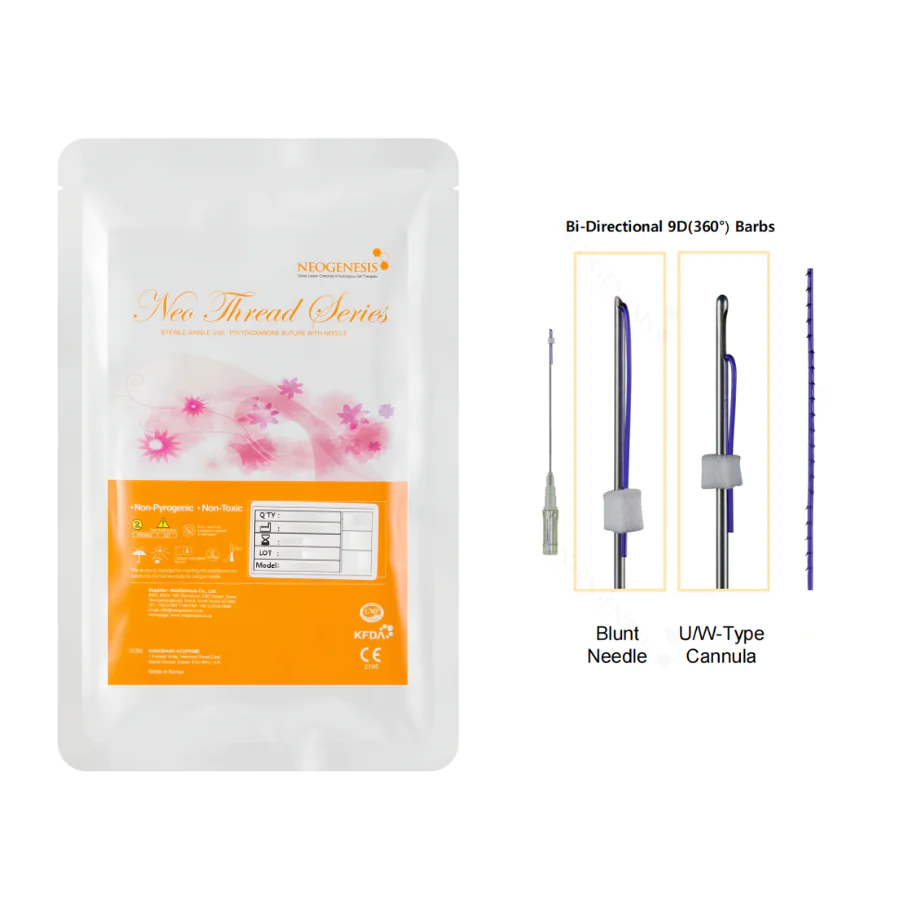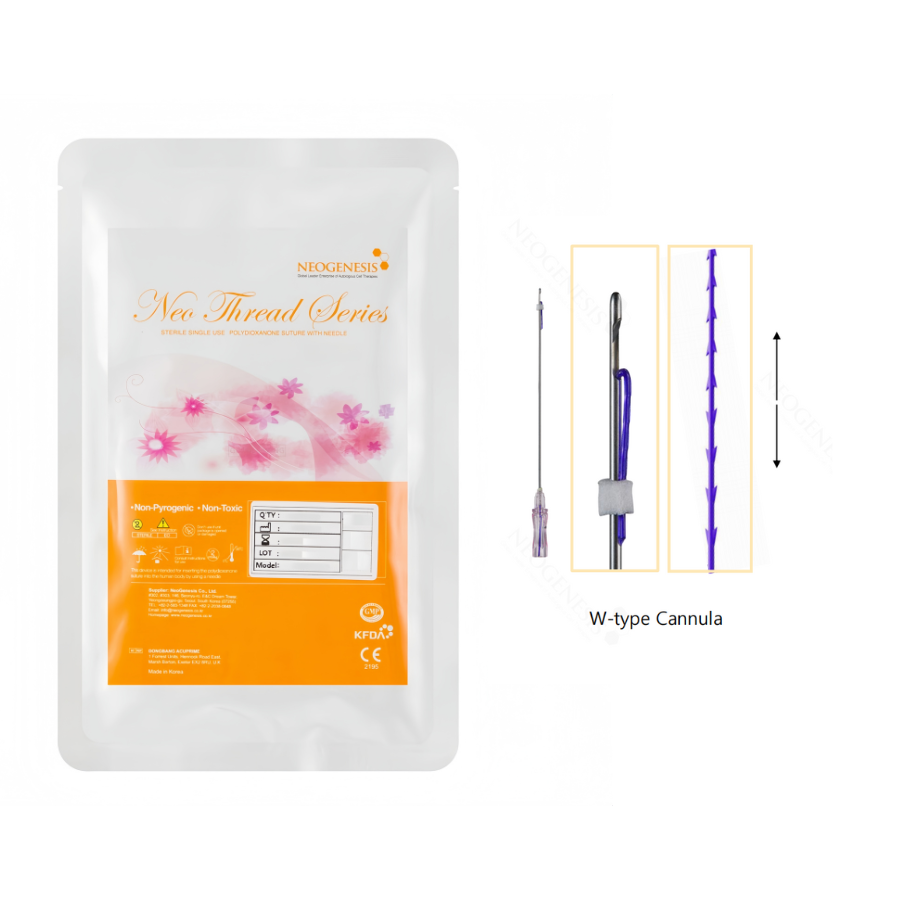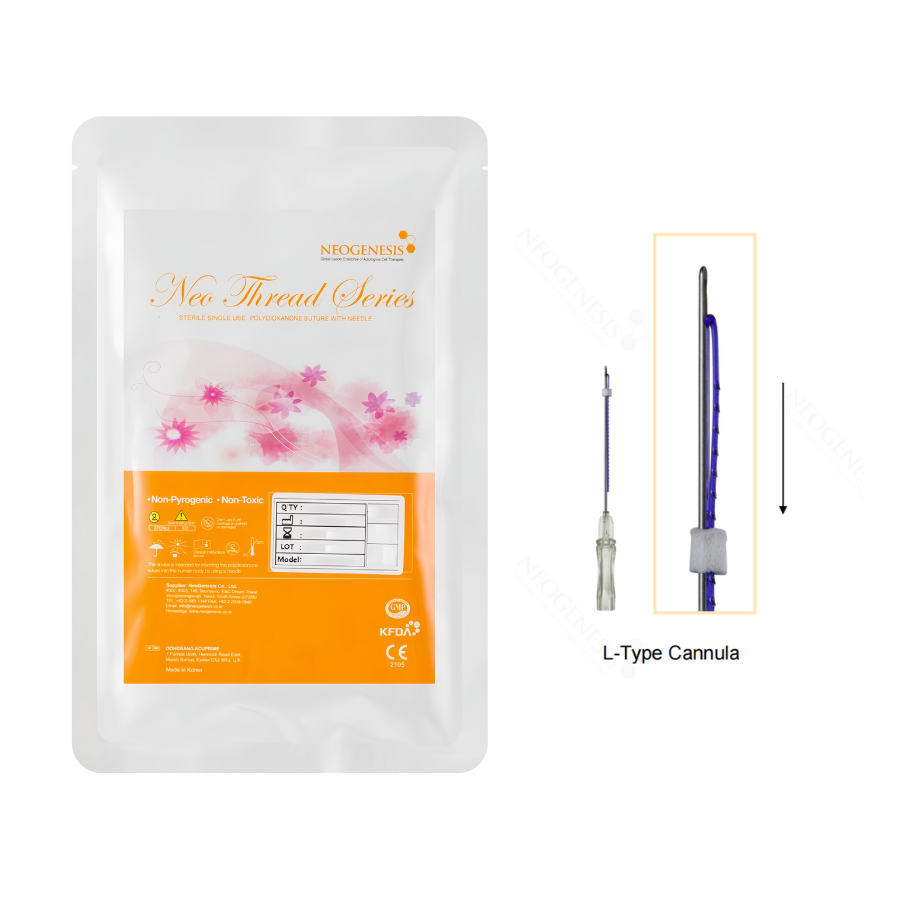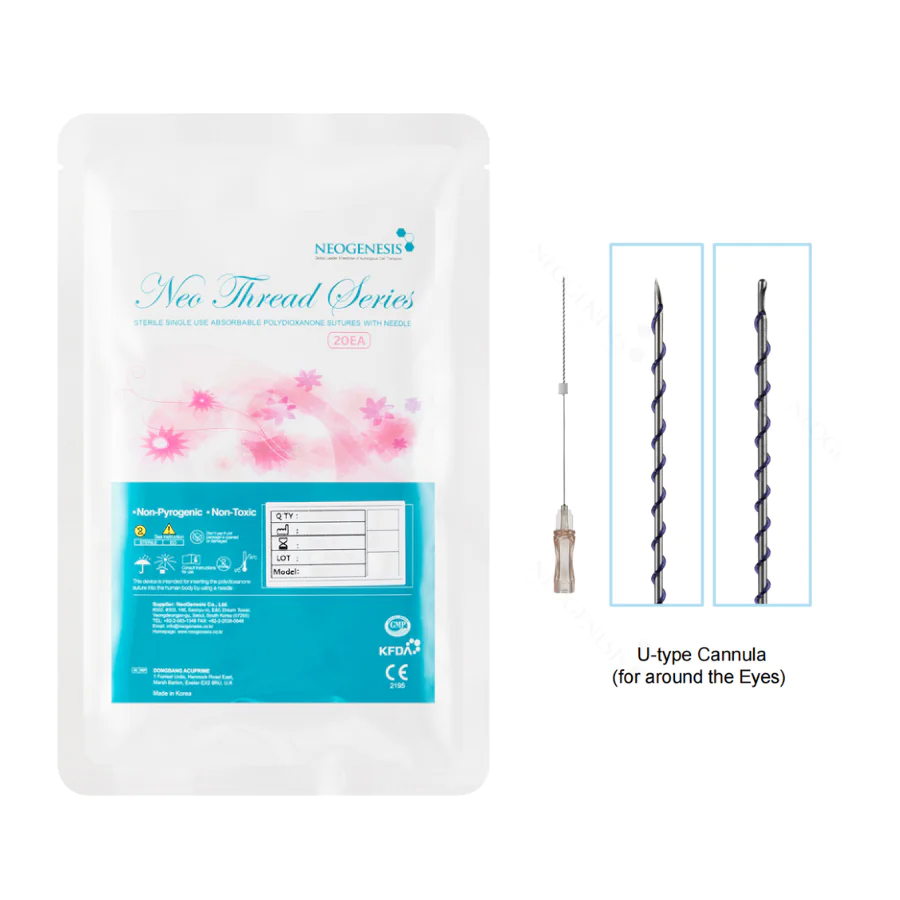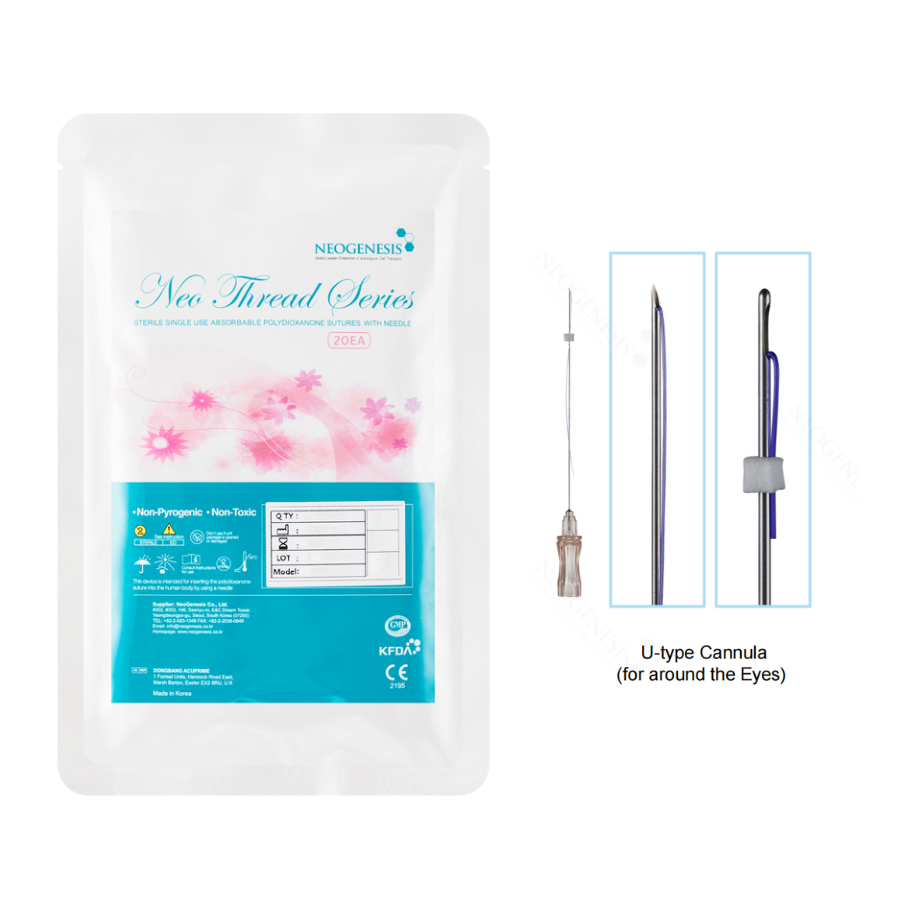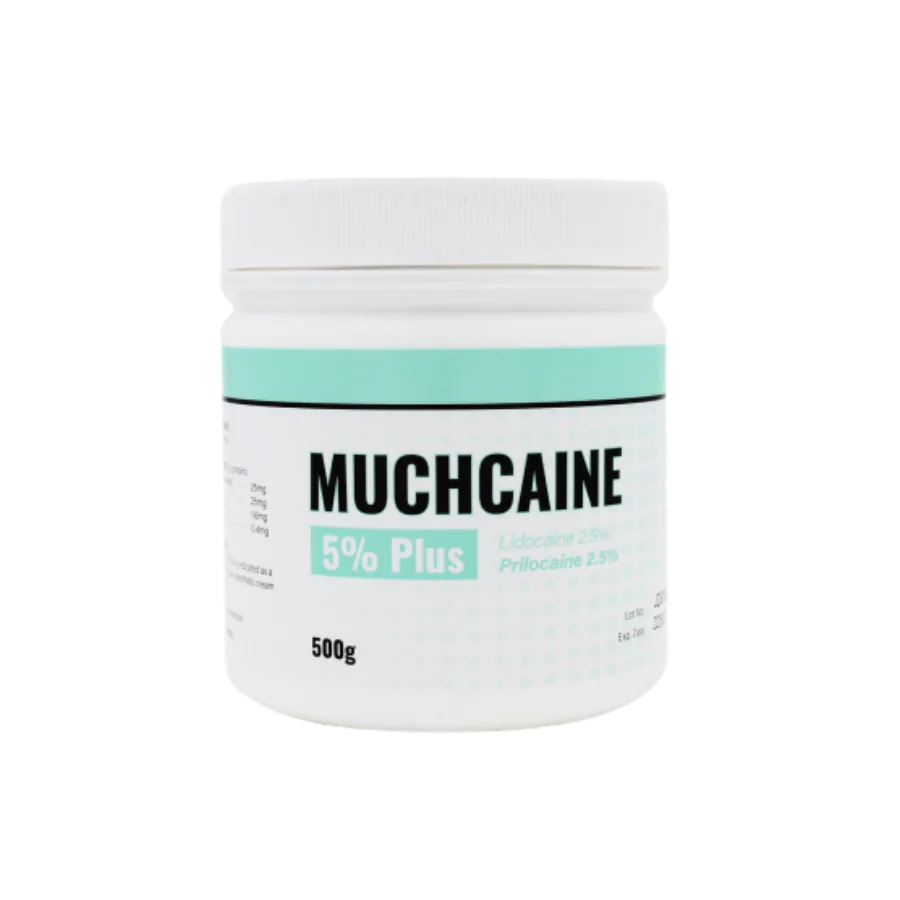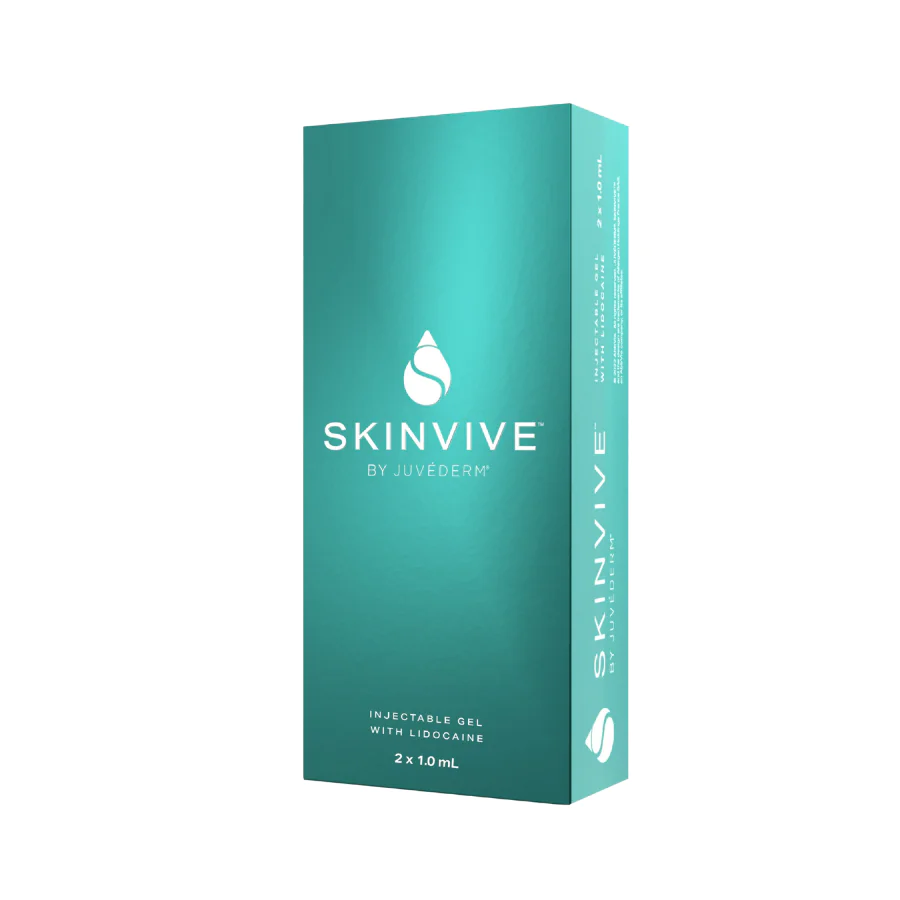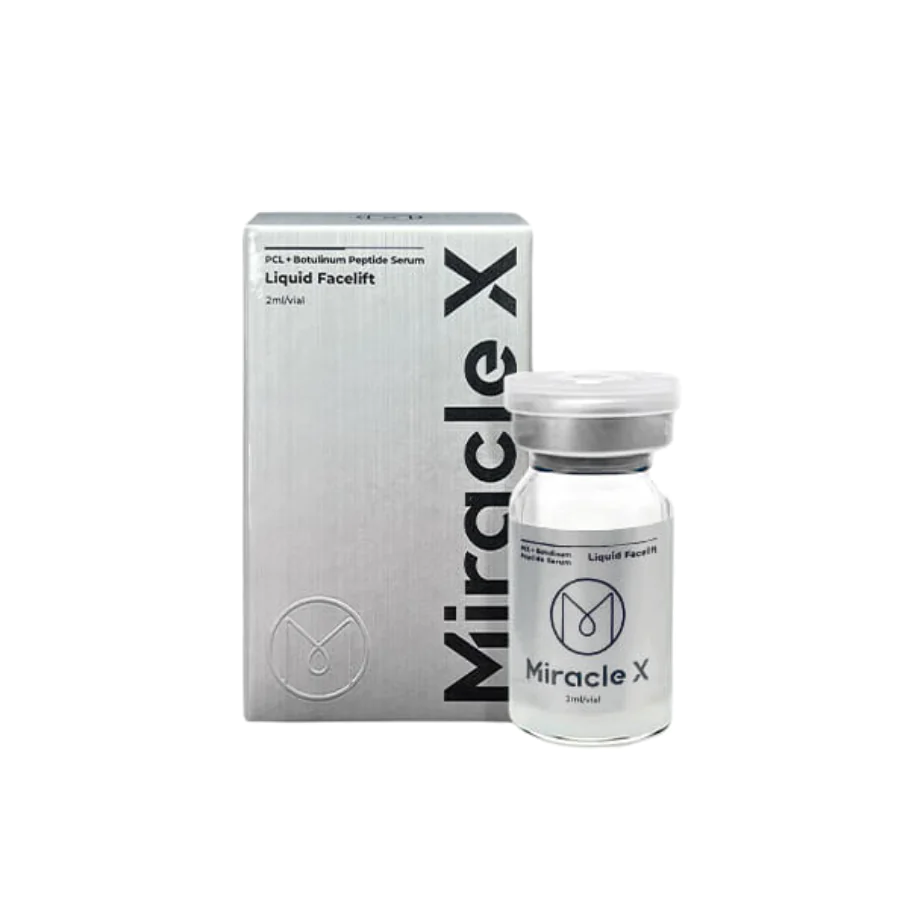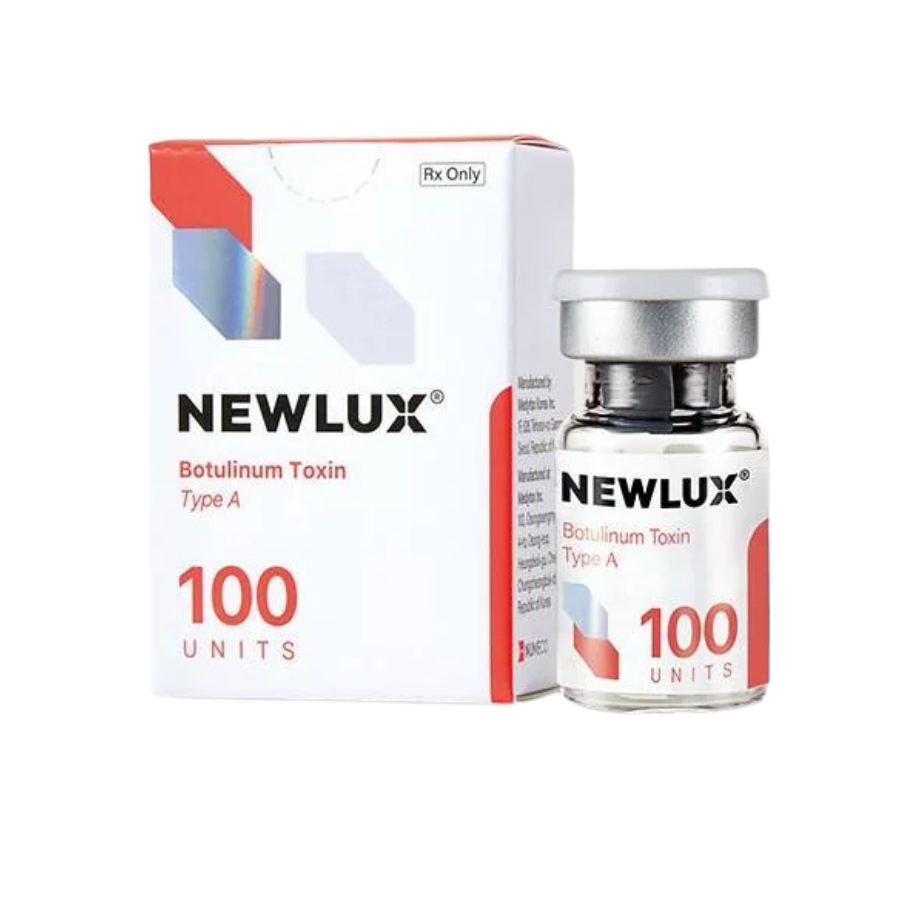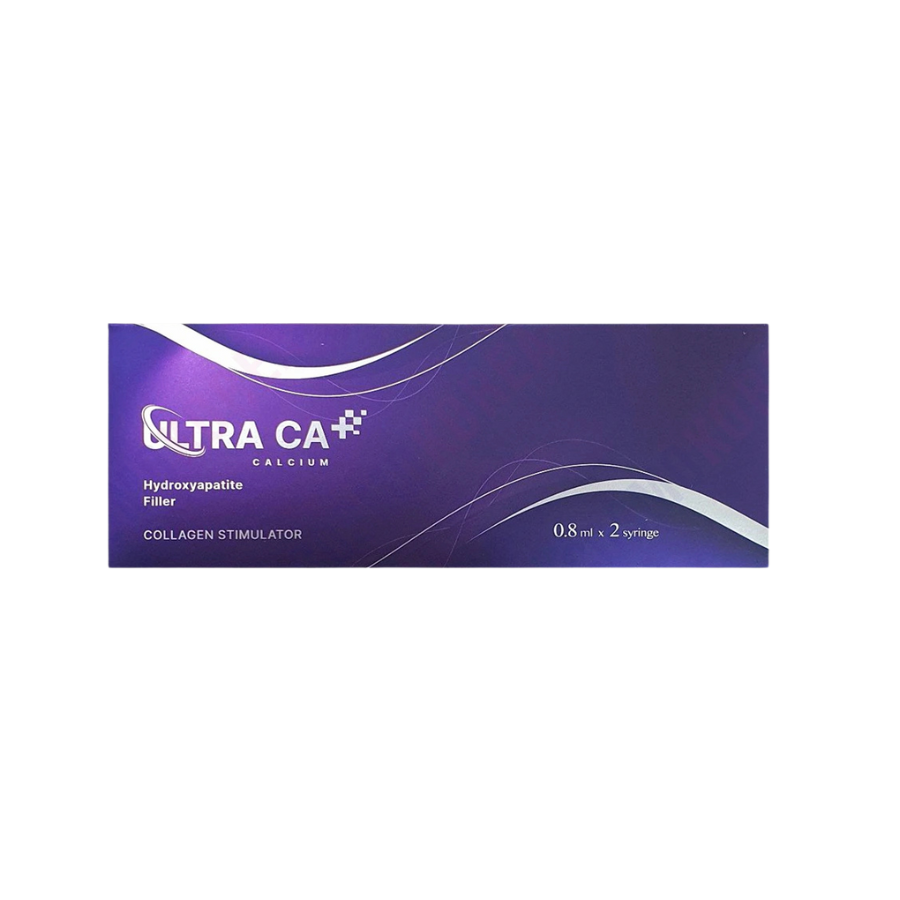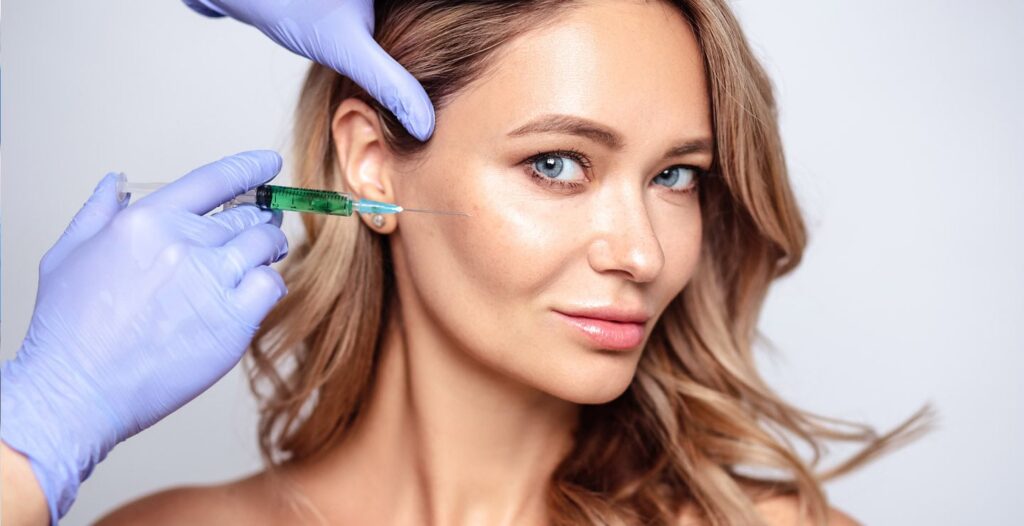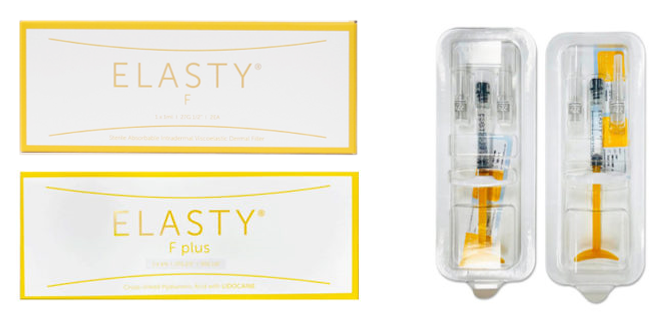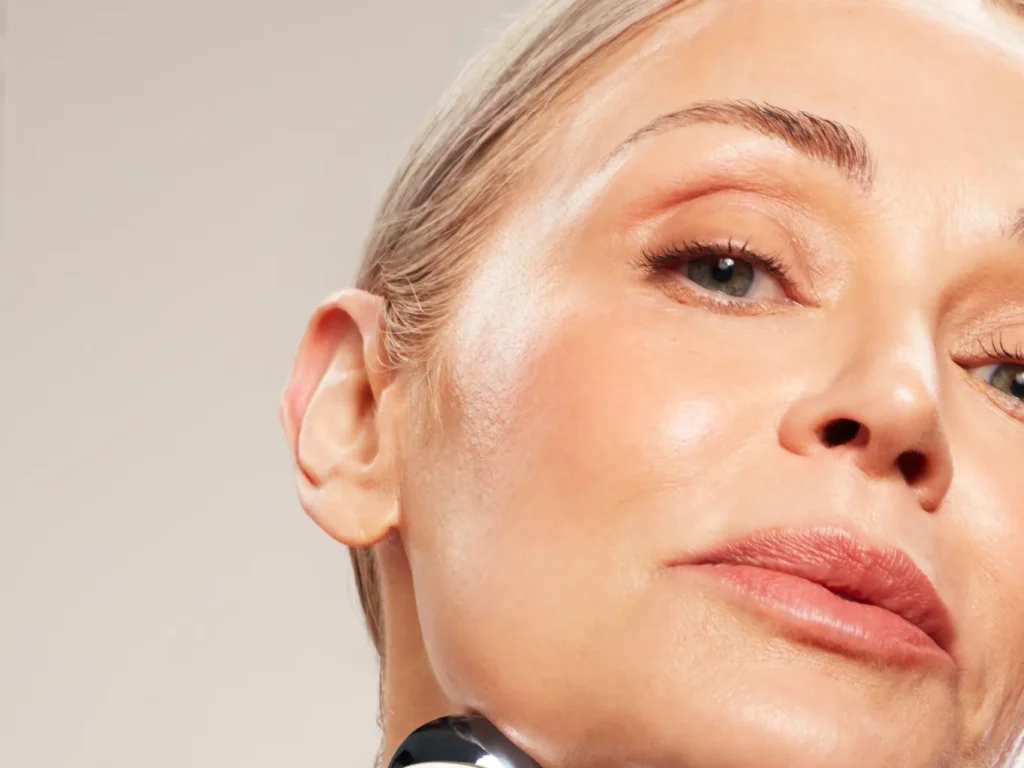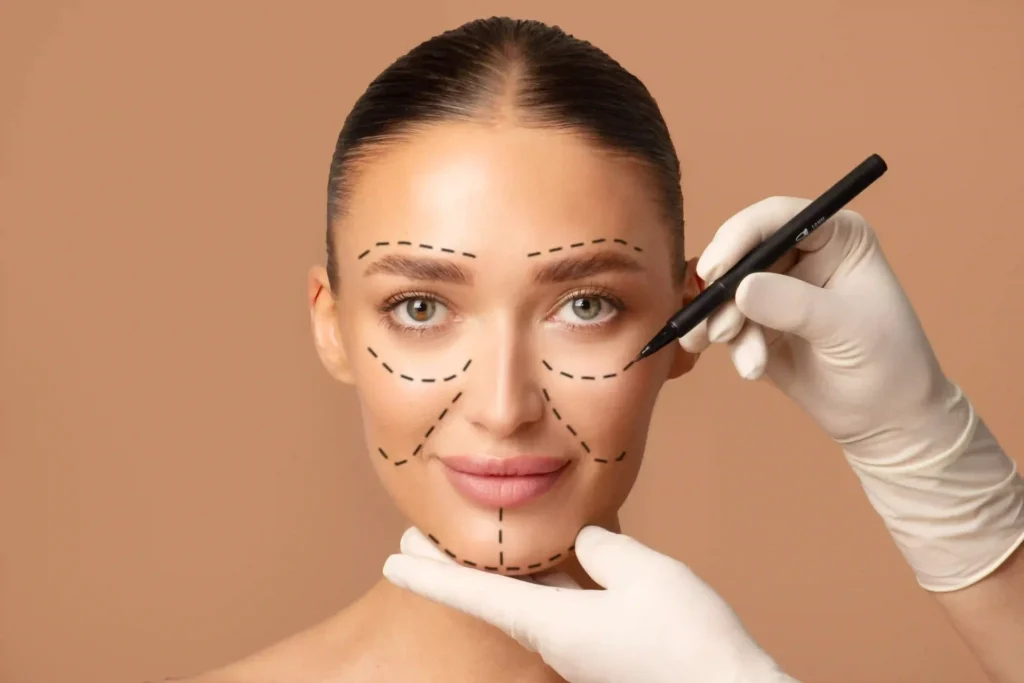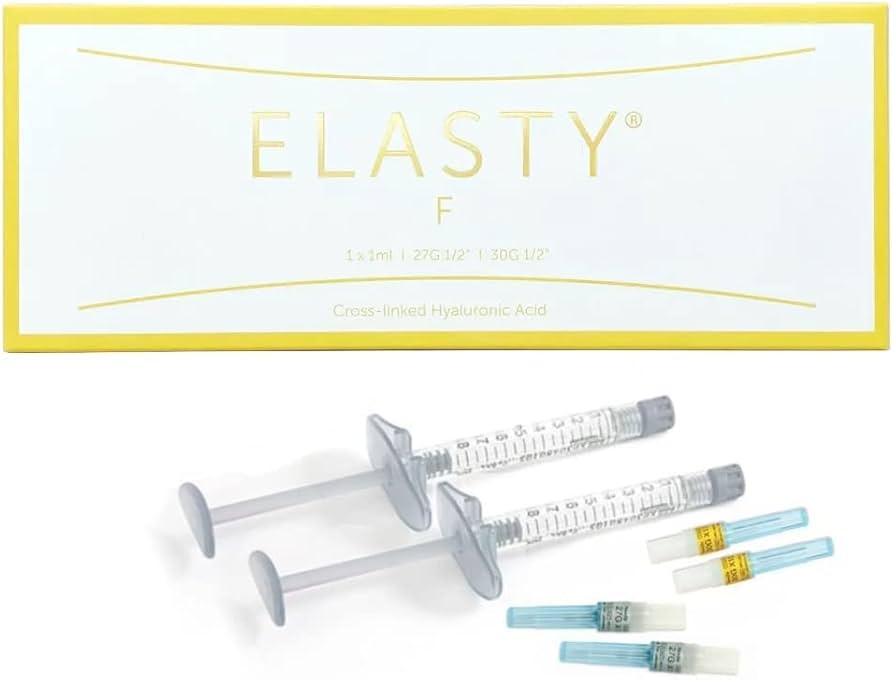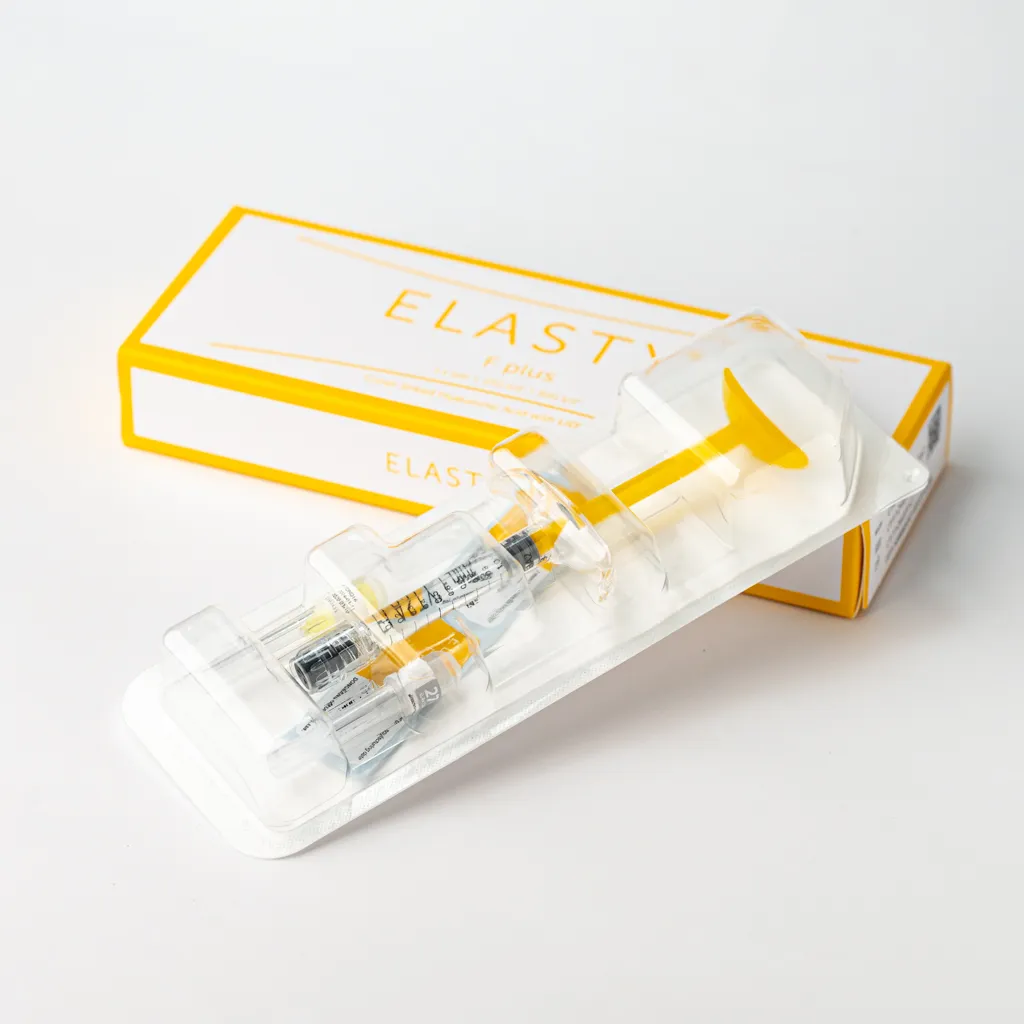Elasty Threads provide immediate lifting with results lasting 1–2 years, ideal for sagging skin, while fillers add instant volume but fade in 6–12 months, better for wrinkles or lip enhancement. Threads involve minimally invasive insertion with slight bruising, whereas fillers offer faster recovery (24–48 hours). Choose threads for long-term structural support and fillers for subtle, reversible enhancements. Consult a specialist for personalized advice.
Table of Contents
ToggleWhat They Actually Do
When it comes to non-surgical facial rejuvenation, thread lifts and dermal fillers are two of the most popular options—but they work in completely different ways. Thread lifts use barbed or absorbable sutures (usually made of PDO or PLLA) to physically lift and reposition sagging skin, while fillers (most commonly hyaluronic acid-based) add volume to hollow areas like cheeks, under-eyes, or lips.
Recent data shows that over 4 million filler treatments are performed globally each year, while thread lifts are growing at 15% annually as patients seek alternatives to surgery. But which one does what—and how do they really work? Let’s break it down.
Thread Lifts: The Mechanics
Threads act like internal scaffolding—tiny, dissolvable sutures with tiny barbs or cones that hook onto skin and soft tissue. When inserted, they immediately lift sagging areas (like jowls or brows) and stimulate collagen production over time. The body reacts to the threads by producing new collagen, which helps improve skin texture and firmness even after the threads dissolve (usually within 6-12 months).
A 2022 study in Aesthetic Surgery Journal found that 82% of patients saw noticeable lifting effects within 2 weeks, with continued improvement over 3-6 months due to collagen remodeling. However, threads don’t add volume—they’re best for moderate sagging, not deep folds or hollows.
Dermal Fillers: The Volume Solution
Fillers, on the other hand, are gel-like substances injected to restore lost volume. The most common type, hyaluronic acid (HA) fillers, bind with water to plump skin, smooth wrinkles, and enhance facial contours. Unlike threads, fillers work instantly—you see results right after treatment.
Research from the Journal of Cosmetic Dermatology shows that cheek fillers can last 12-18 months, while lip fillers typically last 6-12 months due to higher movement. Some newer fillers, like poly-L-lactic acid (Sculptra), stimulate collagen gradually over months, offering longer-term volume restoration.
Key Differences at a Glance
| Feature | Thread Lifts | Dermal Fillers |
|---|---|---|
| Primary Action | Lifts sagging skin | Adds volume |
| Best For | Jowls, jawline, brows | Cheeks, lips, under-eyes |
| Collagen Boost? | Yes (gradual) | Only certain fillers (e.g., Sculptra) |
| Results Timeline | Immediate lift + long-term collagen | Instant results |
| Longevity | 1-2 years (collagen remains) | 6-24 months (depends on type) |
Which One Do You Need?
If your main concern is drooping skin, threads may be the better choice. If you need fullness or wrinkle smoothing, fillers are likely the answer. Many patients combine both—using threads for structural support and fillers for volume enhancement.
Key Differences at a Glance
Choosing between thread lifts and dermal fillers isn’t just about picking a treatment—it’s about understanding how each one solves different aging concerns. While both are minimally invasive, they work in fundamentally different ways. Recent clinic data shows that 65% of first-time patients aren’t sure which option best matches their needs, often confusing volume loss with skin laxity. Let’s cut through the noise and compare them side by side.
How They Work: Lift vs. Fill
The biggest difference comes down to mechanics. Threads are like tiny internal hooks that physically reposition sagging tissue, giving an immediate lift while stimulating long-term collagen production. Fillers, on the other hand, are gel-like substances that replace lost volume, plumping hollow areas like cheeks or under-eyes.
A 2023 study in Dermatologic Surgery found that threads provide up to 30% more lift in the lower face compared to fillers alone, making them better for jowls or neck laxity. Fillers, however, outperform threads when it comes to instant volume restoration—especially in areas like the midface, where structural support matters less than sheer plumpness.
Results: Immediate vs. Gradual
Threads offer two-phase results: an initial lift right after placement (though some swelling may mask it), followed by gradual collagen remodeling over 3-6 months. Fillers show full effects immediately, though some HA-based products can take a few days to settle as swelling subsides.
Longevity varies too. While threads dissolve within 6-12 months, the collagen they trigger can last 18-24 months. Fillers typically last 6-18 months depending on the product and injection area—with lips fading fastest (due to constant movement) and cheeks lasting longest.
Best Uses: Matching Concerns to Solutions
Threads excel where skin needs repositioning, like:
- Sagging jawlines (jowls)
- Drooping brows (non-surgical brow lift)
- Loose neck skin (early-stage neck tightening)
Fillers are the go-to for volume-related issues, such as:
- Hollow cheeks (midface restoration)
- Deep tear troughs (under-eye rejuvenation)
- Thin lips (natural enhancement)
Downtime and Sensations
Thread lifts often come with 2-3 days of mild swelling and tightness, plus possible temporary dimpling if threads aren’t placed precisely. Some patients report brief discomfort when turning their head during the first week.
Fillers cause less initial discomfort but may lead to bruising, especially in delicate areas like under-eyes or lips. Lumpiness can occur if the product isn’t massaged evenly, though this usually resolves within days.
Pros & Cons: Threads Explained
Thread lifts have gained popularity as a non-surgical alternative to facelifts, with global demand increasing by 20% year-over-year according to recent aesthetic industry reports. Unlike fillers that add volume, threads work by mechanically lifting sagging skin while stimulating collagen—but they’re not the right choice for everyone. Let’s dive into the real benefits and limitations so you can decide if they’re worth considering.
The Advantages of Thread Lifts
One of the biggest pros is their dual-action effect. Threads provide an immediate lift by physically repositioning tissue, while the collagen stimulation that follows improves skin quality over time. A 2022 clinical study found that 78% of patients saw continued improvement in skin firmness 3-6 months post-treatment, even as the threads dissolved.
Another key benefit is minimal downtime. Most people return to normal activities within 48 hours, though some swelling or mild bruising may occur. Compared to surgical options, threads are far less invasive—no general anesthesia, no large incisions—making them appealing for those who want subtle rejuvenation without major recovery.
Threads also offer customizable lifting. Different types (PDO, PLLA, or barbed threads) can be strategically placed to target specific areas like the jawline, brows, or neck. For patients with early to moderate sagging, this can delay the need for a surgical facelift by several years.
“Threads work best for patients who still have decent skin elasticity but need a little lift—they’re not a replacement for surgery in advanced aging cases.”
—Dr. Emily Shaw, Board-Certified Dermatologist
The Downsides to Consider
While threads have clear benefits, they’re not perfect. One common issue is temporary discomfort. Some patients report a tight or pulling sensation for the first few days, especially when moving their head or chewing. This usually fades as the threads settle, but it can be bothersome initially.
Another limitation is variable longevity. Though marketed as lasting 12-24 months, the actual lifting effect often diminishes faster—closer to 6-12 months—as the threads dissolve. The collagen boost continues, but the initial lift may not be as dramatic after a few months.
There’s also a learning curve for providers. Not all practitioners have equal expertise in thread placement. If done incorrectly, threads can cause asymmetry, dimpling, or even visible bumps under the skin. Choosing an experienced specialist is crucial to avoid these issues.
Who Should (and Shouldn’t) Get Threads?
Threads are ideal for those with mild to moderate skin laxity—think early jowls, a slightly sagging neck, or brows that need a subtle lift. They’re less effective for severe sagging or significant volume loss, where fillers or surgery might be better options.
Patients with very thin skin or poor healing tendencies may not be ideal candidates, as threads rely on the body’s natural collagen response. Smokers, for example, often see reduced results due to slower collagen production.
Pros & Cons: Fillers Explained
Dermal fillers have become one of the most requested non-surgical treatments worldwide, with over 4 million procedures performed annually. These injectable gels—primarily made of hyaluronic acid (HA)—work by restoring lost volume, smoothing wrinkles, and enhancing facial contours. But while fillers deliver instant gratification, they’re not without limitations. Let’s break down the real benefits and potential drawbacks so you can decide if they’re right for you.
The Advantages of Dermal Fillers
The most obvious pro is their immediate impact. Unlike treatments that require weeks or months to show results, fillers plump and smooth right away. Whether it’s hollow cheeks, deep under-eye troughs, or thinning lips, you’ll see a visible difference within days—sometimes even immediately after injection.
Another major benefit is customizability. Skilled practitioners can adjust the amount and placement of filler to achieve anything from a natural refresh to more dramatic enhancement. HA fillers are also reversible—if you don’t like the results, an enzyme called hyaluronidase can dissolve them, offering a safety net that other treatments (like threads or permanent implants) don’t provide.
Fillers also stimulate collagen production over time, especially formulations like Sculptra (PLLA) or Radiesse (calcium hydroxylapatite). While HA fillers primarily add volume, these biostimulatory options encourage long-term skin thickening and tightening, with results that can last up to 2 years.
The Downsides to Keep in Mind
Despite their popularity, fillers aren’t perfect. One common issue is temporary side effects like swelling, bruising, or lumpiness, particularly in delicate areas like the lips or under-eyes. These usually resolve within a week, but they can be frustrating for patients seeking flawless, instant results.
Another consideration is longevity. While marketed as lasting 6-24 months, actual duration varies widely based on the product, injection site, and individual metabolism. For example, lip fillers often fade faster (around 6 months) due to constant movement, while cheek fillers may last 18 months or more. This means maintenance treatments are necessary for sustained results, which can add up in cost over time.
Perhaps the biggest risk is poor technique. Overfilling, incorrect placement, or injecting into blood vessels (which can cause vascular complications) are real concerns. Choosing an experienced, board-certified provider drastically reduces these risks, but they’re important to acknowledge.
Who’s a Good (and Not-So-Good) Candidate?
Fillers work best for those with volume loss—think sunken cheeks, deep nasolabial folds, or thinning lips. They’re less effective for significant skin laxity, where threads or surgery might be better suited. Younger patients in their 30s-40s often benefit most, as their skin still has enough elasticity to support the added volume.
On the flip side, fillers may not be ideal for people with certain autoimmune conditions, severe allergies, or unrealistic expectations. Those prone to keloid scarring or with active skin infections in the treatment area should also proceed with caution.
Who Needs What?
Choosing between threads and fillers isn’t about which treatment is “better”—it’s about matching the right solution to your specific concerns. Recent clinic data shows that nearly 40% of patients initially request the wrong procedure because they misunderstand what each one actually fixes. Whether you’re dealing with sagging skin, lost volume, or both, here’s how to determine which option (or combination) makes sense for you.
When Threads Are the Better Choice
Threads excel at addressing structural sagging—think jowls forming along the jawline, a slightly drooping neck, or brows that have lost their lift. If you pinch your cheek and notice the skin doesn’t snap back quickly, that’s a sign of reduced elasticity where threads can help. They’re particularly effective for patients in their late 30s to 50s experiencing early to moderate laxity but who aren’t ready for surgery.
One often-overlooked benefit is their preventative potential. Younger patients with minor sagging (like a softening jawline) may use threads to delay more invasive treatments down the line. However, threads do little for hollow temples or thin lips—that’s where fillers step in.
When Fillers Are the Way to Go
Fillers are the gold standard for volume-related aging. If your primary complaints are sunken cheeks, deep under-eye hollows, or flattened cheekbones, no amount of lifting will fully correct those issues. Fillers restore the youthful scaffolding of your face, which tends to shrink with age due to fat loss and bone resorption.
They’re also ideal for dynamic wrinkles like smile lines or marionette folds, where adding volume smooths the crease rather than just tightening the skin. Patients with naturally thin facial structure often see dramatic improvements with subtle filler placement, whereas those with heavier faces may need less product but benefit more from lifting.
“I often see patients who think they need filler when threads would give them better results—it’s not about adding volume, but repositioning what’s already there.”
—Dr. Rebecca Lin, Facial Aesthetics Specialist
The Power of Combination Treatments
Many patients—especially those in their 40s-60s—need both modalities. A common strategy uses threads to lift the lower face (jawline/neck) while strategically placing fillers in the midface and temples to restore lost volume. This combo addresses multiple aging factors simultaneously for a more balanced result.
That said, not everyone needs both. If you’re under 35 with early volume loss, fillers alone might suffice. Conversely, someone with significant sagging but good volume may prioritize threads first, then add filler later if needed.
Making Your Best Choice
With non-surgical facial rejuvenation booming—global demand up 25% since 2020—patients face more options than ever. But more choices mean more confusion. Recent surveys show 1 in 3 patients regret their initial treatment choice, often because they prioritized trends over their actual needs. Whether considering threads, fillers, or both, here’s how to make an informed, personalized decision.
Key Decision Factors
| Consideration | Thread Lifts | Dermal Fillers |
|---|---|---|
| Primary Benefit | Lifts sagging skin | Restores lost volume |
| Best Age Range | Late 30s-50s | 20s-60s+ |
| Downtime | 2-3 days | 0-2 days |
| Results Timeline | Immediate lift + gradual collagen | Instant results |
| Maintenance | Every 12-18 months | Every 6-24 months |
| Budget Consideration | Higher upfront cost | Lower initial cost (but repeat treatments) |
Assessing Your Priorities
Start by identifying your top aging concerns. If you notice skin folding when looking down or jowls forming at rest, threads likely offer better solutions. For sunken areas that shadow under light or flattened facial contours, fillers will deliver more impactful results.
Skin quality matters too. Those with good elasticity but mild sagging benefit more from threads, while thinner, crepey skin often needs filler’s volumizing effect first. Surprisingly, men represent 22% of thread lift patients—their thicker skin holds threads exceptionally well for jawline definition.
The Consultation Checklist
Come prepared with:
- Clear photos of your younger self (helps assess volume vs. laxity changes)
- Realistic expectations (neither treatment replicates surgery)
- Budget parameters (ask about package pricing for maintenance)
“The best outcomes happen when patients and providers collaborate—it’s not about selling a procedure, but solving a concern.”
—Dr. Michael Yuan, Oculoplastic Surgeon
When to Consider Combination Therapy
About 40% of ideal candidates benefit from using both:
- Threads first to establish facial framework
- Fillers 2-4 weeks later for targeted volumizing
This staggered approach lets swelling subside between treatments for more precise results.

